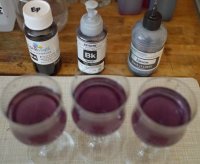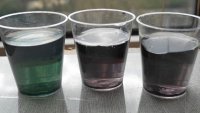- Joined
- May 29, 2007
- Messages
- 3,000
- Reaction score
- 1,729
- Points
- 333
- Location
- Ghent, Belgium
- Printer Model
- SC-900 ET-8550 WF-7840 TS705
Coral vs Fuji DL using "black ink only", another test on unknown glossy paper:
View attachment 2081
The left side look nicer to me, the right image is a bit greenish.


